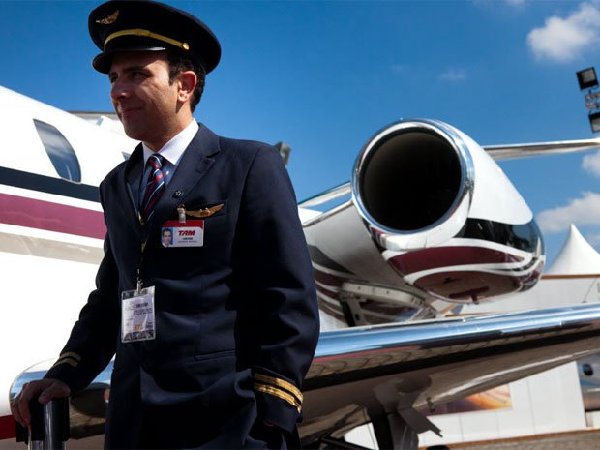分享到

More than 550 people are killed each year, on average, in accidents involving small, mostly single-engine airplanes, according to the U.S. Department of Transportation.
Pilots like Miguel Suarez say engine failure on a light propeller-driven plane does not offer much chance for survival.
“In this case, there is no other option other than to try to save anything that you have, you try to land but the accident is ensured, it will occur," said Suarez.
In cooperation with Madrid’s Universidad Carlos III, Suarez and his partner, engineer Daniel Cristobal, developed a battery-operated auxiliary motor that gives a stalled plane an additional seven minutes of flight.
“We integrated in series an electric motor with a clutching system that isolates the main engine when it fails and then the pilot has an additional 20 kilometers when the main engine fails to find a safe place to land," said Suarez.
The backup power comes from a high-efficiency lithium-ion battery with electronic control.
With a simple switch, the pilot can disengage the propeller from the main engine and start the electric motor to keep it spinning.
During normal flight, a charger makes sure that the battery is always fully charged.
But the auxiliary motor can also be used in other circumstances.
“The system is not only a security system, it's also a hybrid system that permits to add more power to the main engine when you need more power, for example during the take-off you can have until [up to] 40 horsepower extra power," said Cristobal.
Another advantage is that the motor can be installed in most existing two and four-seater light planes, as it fits between the gasoline engine and the propeller.
Axter Aerospace engineers are now trying to reduce the weight of the system while waiting for a certificate from the European Aviation Safety Agency.
來源:VOA
編輯:劉明
上一篇 : Greece Struggles to Cope with Migrants
下一篇 :
分享到
關注和訂閱


電話:8610-84883645
傳真:8610-84883500
Email: languagetips@chinadaily.com.cn